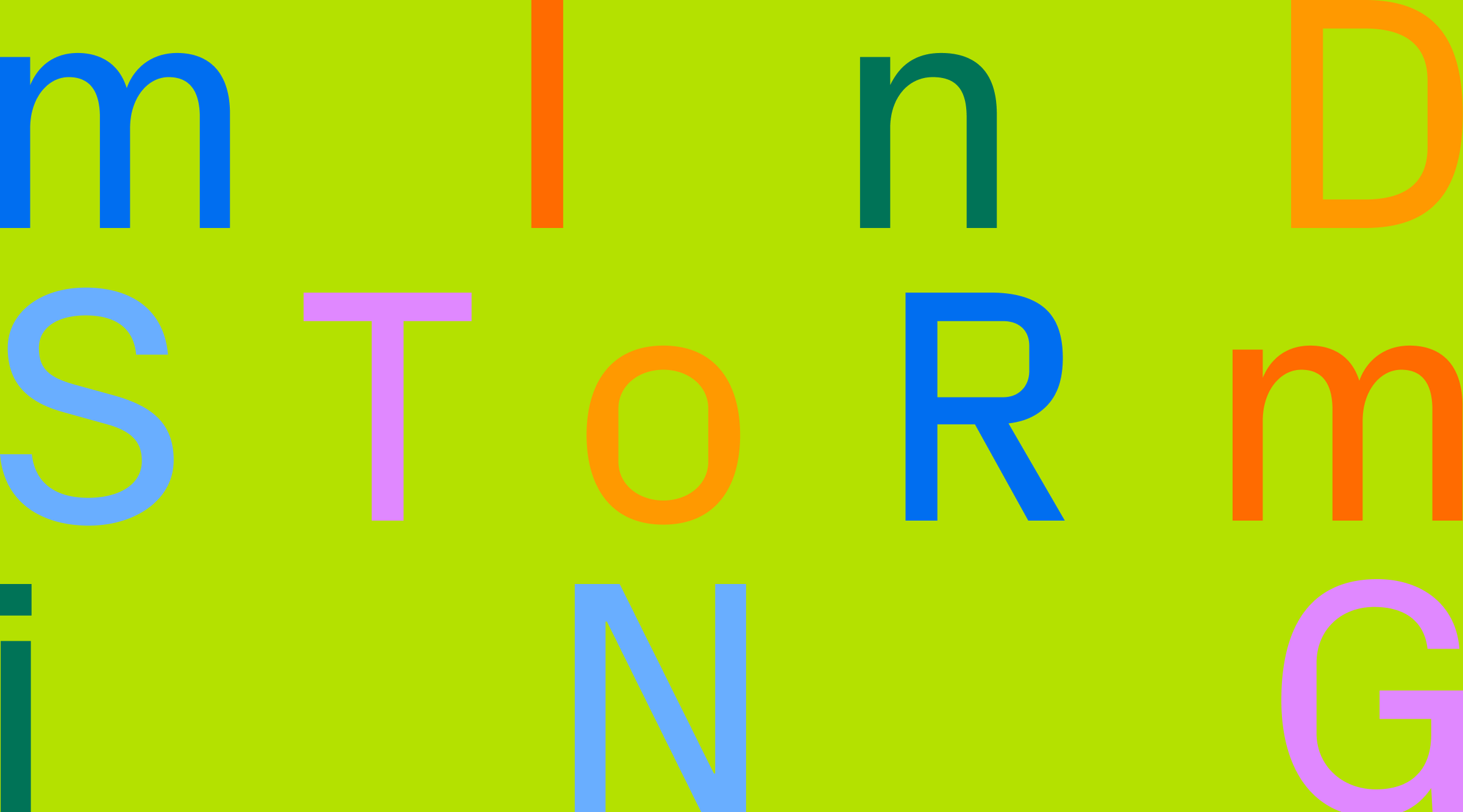Generate refines ideas: mindstorming ideation technique
Explore how to use the 20 questions ideation framework

Generating 20 ideas to find one gem is the core principle of mindstorming. The piece explores this ideation technique—a straightforward way to get your creative juices flowing and fill that page with loads of ideas so you can come up with the one.
What is mindstorming
Mindstorming is an ideation technique created by Brian Tracy, a motivational speaker and self-development author with decades of experience enhancing personal effectiveness. His method suggests that you quickly come up with 20 ideas about a specific topic. It is designed to help you think deeper and get past the easy, obvious answers.
Why exactly 20 ideas? The number is not random. Tracy points out that the first few ideas are usually the most conventional. Pushing to 20 encourages you to think beyond standard solutions, tapping into more profound, innovative thought processes. This number is also small enough to keep the task manageable within a tight timeframe.
Mindstorming vs. brainstorming
While brainstorming is all about quantity and free association, mindstorming is about structure and depth. Here’s a quick comparison:
Brainstorming
- Structure: freeform
- Goal: quantity of ideas
- Focus: group collaboration
- Time: variable
- Output: broad and varied
Mindstorming
- Structure: organized
- Goal: depth and quality of ideas
- Focus: individual or group focus
- Time: time-boxed
- Output: focused and refined
Example: let’s say you’re tasked with creating a new logo for an eco-friendly clothing brand. Using the mindstorming technique, you’d spend 30 minutes creating 20 different logo ideas. As a result, you’ll have 20 logos to choose from, allowing you to pick the perfect one.
In contrast, if you were brainstorming, you could gather with a team and share ideas freely without a set time limit. This approach encourages group interaction and the development of ideas through discussion. However, without the structured target of generating a specific number of ideas, the session might be less focused and resultative.
How to mindstorm
According to Briain Tracy, an effective mindstorming session should last anywhere from 15 to 45 minutes, with 30 minutes being the sweet spot. Here’s how you can apply the mindstorming framework to create, let’s say, a brand identity for a pet brand:
- Define the problem: a need for a unique and appealing identity for a pet brand.
- Set a goal: generate 20 distinct ideas for logos, color schemes, and taglines.
- Time-box your session: limit this session to 30 minutes to maintain focus and energy.
- List your ideas: quickly jot down any ideas that come to mind—creative, bold, simple, complex—everything goes.
- Review and refine: after the session, sift through the ideas, combining and refining them to craft a cohesive brand identity.
Mindstorming is also effective in team settings. Here’s how to do it in a team:
- Pick the right team size: aim for 4 to 7 people to keep ideas fresh and manageable.
- Choose a leader: have a leader encourage everyone to share lots of ideas freely.
- Think up ideas alone: each person should come up with as many ideas as possible in 30 minutes.
- Talk about the ideas together: meet up to discuss everyone’s ideas. Make sure everyone gets heard.
- Combine and improve ideas: put together similar ideas and make them better. Work on these ideas until they fit the brand well.
- Choose the best ideas: finish by picking the most promising ideas to work on more. Decide this through group talks, voting, or getting opinions from outside the team.
Find out 6 more frameworks for design brainstorming, from Walt Disney’s method to a silent storm.